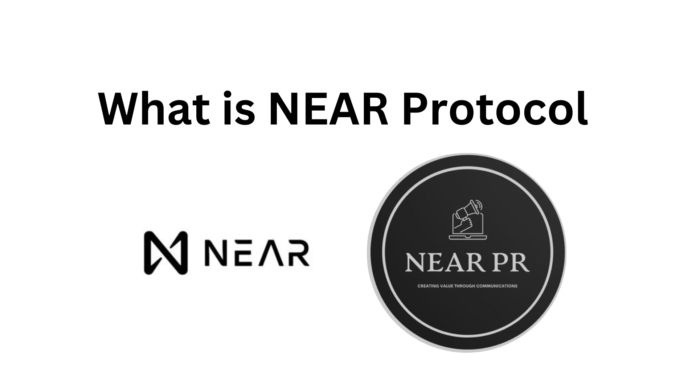The NEAR Protocol is designed to make it easy for developers to build and deploy decentralized applications (dApps) that are fast, secure, and scalable. It aims to solve the scalability issues that have limited the adoption of other blockchain platforms, such as Ethereum, by using a unique consensus mechanism called “Nightshade.” This mechanism allows for a high degree of scalability while maintaining low transaction fees. The NEAR blockchain is designed to handle thousands of transactions per second, making it suitable for use in a wide range of dApps, including decentralized finance (DeFi) applications, gaming, and more.
One of the key features of the NEAR Protocol is its developer-friendly ecosystem. The platform is designed to be easy to use for developers of all skill levels, from experienced blockchain developers to those new to the technology. The NEAR Protocol provides a variety of tools and resources to make it easy for developers to build and deploy dApps, including a comprehensive documentation, developer tutorials, and a developer community. Additionally, the NEAR Protocol uses a programming language called “AssemblyScript” which is similar to JavaScript, making it easier for developers who are familiar with JavaScript to start building on the platform.
The NEAR Protocol also emphasizes on security and decentralization. The platform is designed to be highly secure, with a focus on resistance to centralization. It uses a consensus mechanism called “Nightshade” that allows for a high degree of decentralization by using a combination of proof-of-stake (PoS) and sharding. This mechanism allows for a large number of validators to participate in the network, making it more difficult for any one entity to gain control of the network. Additionally, the NEAR Protocol uses a mechanism called “proof-of-stake” (PoS) which allows token holders to participate in the network by staking their tokens, this allows for a more decentralized network and more secure network.
The NEAR Protocol also aims to provide a decentralized platform that can be used to build a wide range of dApps. The platform’s high scalability and low transaction fees make it suitable for use in decentralized finance (DeFi) applications, gaming, and more. The NEAR protocol also has a built-in governance mechanism that allows token holders to vote on changes to the protocol and its features, this allows for a decentralized and community-driven platform.
The NEAR Protocol also has a built-in token economy which is designed to provide an incentive for developers to build on the platform and for users to use the platform. The NEAR token is used to pay for transaction fees on the network, and it is also used to incentivize validators to secure the network. Additionally, the NEAR Protocol allows for the creation of other tokens on the network, providing opportunities for developers to create new decentralized applications and business models.
In conclusion, the NEAR Protocol is a decentralized platform that aims to make it easy for developers to build and deploy decentralized applications (dApps) that are fast, secure, and scalable. It uses a unique consensus mechanism called “Nightshade” that allows for a high degree of scalability and low transaction fees, making it suitable for use in a wide range of dApps, including decentralized finance (DeFi) applications, gaming, and more. The NEAR Protocol also emphasizes on security and decentralization, providing a decentralized platform that can be used to build a wide range of dApps. Additionally, the NEAR Protocol has a built-in governance mechanism, token economy, and a developer-friendly ecosystem which allows for a decentralized, community-driven and incentivized platform.





